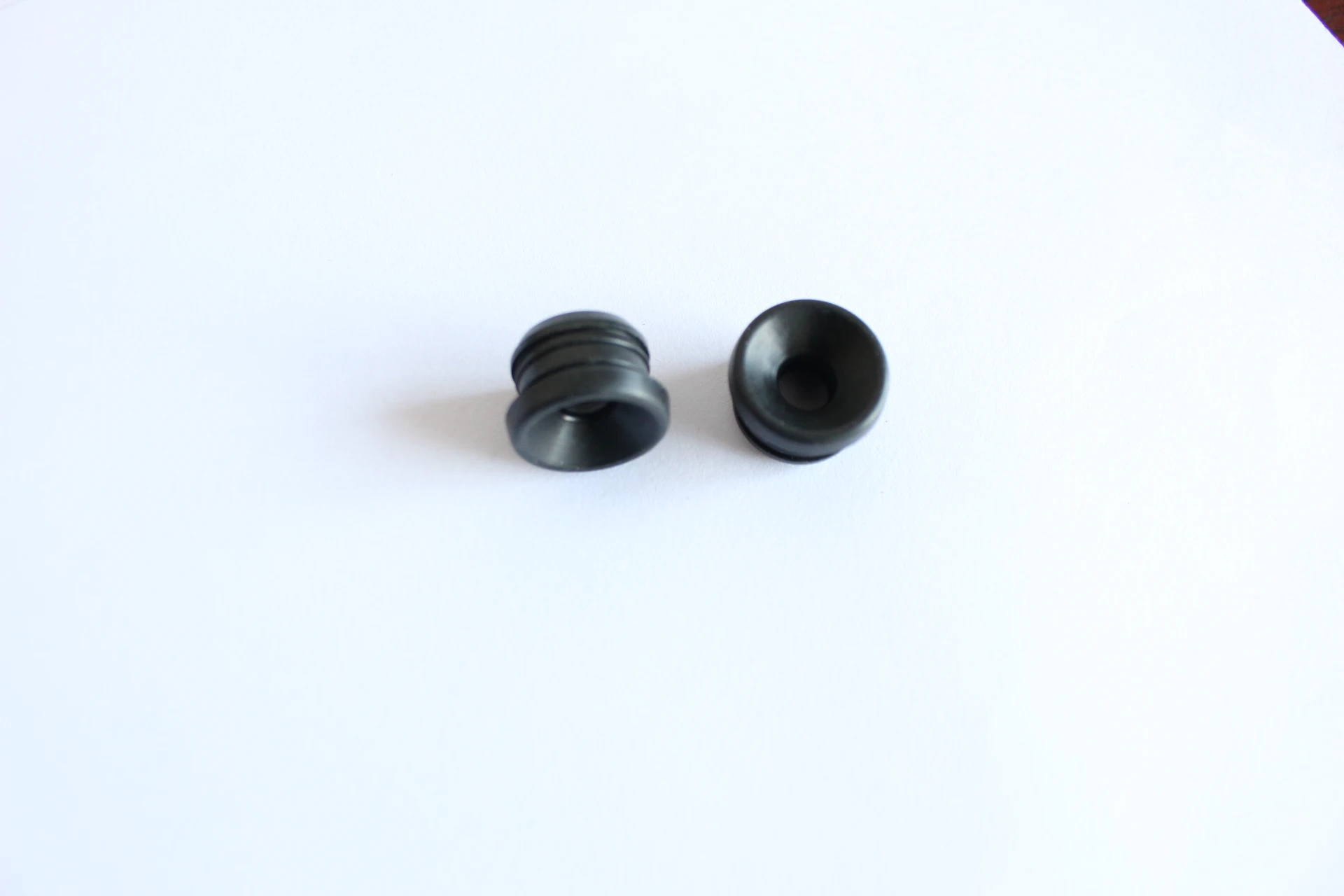Power Steering Input Shaft Seal Installation and Maintenance Guide for Optimal Performance
Understanding Power Steering Input Shaft Seal Importance and Maintenance
Power steering systems play a crucial role in modern vehicles, enhancing driver comfort and control by reducing the effort required to steer the wheels. One integral component of this system is the power steering input shaft seal, which is vital for the smooth operation and longevity of the power steering mechanism. This article delves into the significance of the power steering input shaft seal, its function, common issues, and maintenance tips.
What is a Power Steering Input Shaft Seal?
The power steering input shaft seal is a small yet essential component found in the power steering gearbox. It is designed to prevent fluid leaks from the power steering system while ensuring that the input shaft, which connects the steering wheel to the gearbox, operates smoothly. The seal maintains the pressurized hydraulic fluid within the system, which is critical for the system's effectiveness in transmitting force from the steering wheel to the wheels of the vehicle.
Importance of the Power Steering Input Shaft Seal
1. Fluid Containment One of the primary functions of the input shaft seal is to contain the hydraulic fluid within the power steering system. This fluid is necessary for the system to function properly, and any leak can lead to severe performance issues.
2. Performance A good seal ensures that the fluid remains pressurized, allowing for responsive steering. A compromised seal will lead to decreased fluid pressure, making the steering feel heavy and unresponsive.
3. System Longevity Properly functioning seals contribute to the overall longevity of the power steering system. By preventing fluid leaks, they help maintain optimal operating conditions and reduce the risk of damage to other components.
Common Issues Related to the Input Shaft Seal
Despite its importance, the power steering input shaft seal can suffer from wear and degradation over time
. Here are some common issues one might encounter1. Fluid Leaks One of the most noticeable signs of a failing seal is the presence of fluid leaks under the vehicle. If you notice a pool of reddish or brownish fluid, it may be power steering fluid leaking from the seal.
power steering input shaft seal

2. Whining Noise A whining or groaning noise when turning the steering wheel can indicate low fluid levels due to a leak in the seal. This noise may become more pronounced during sharp turns.
3. Stiff Steering If the steering feels stiff or unresponsive, it could be a sign that the fluid pressure is insufficient due to a compromised input shaft seal.
Maintenance Tips
Maintaining the power steering input shaft seal and the overall system is crucial for ensuring long-term functionality. Here are some tips
1. Regular Inspection Regularly check for signs of leaks or fluid level drops in the power steering reservoir. Early detection of issues can prevent more significant problems down the road.
2. Fluid Replacement Power steering fluid should be replaced periodically according to the vehicle manufacturer’s recommendations. Old or contaminated fluid can cause wear and damage to the seals.
3. Professional Servicing If you notice any symptoms of a failing seal, it is advisable to consult a professional mechanic. They can accurately diagnose the issue and replace the seal if necessary.
4. Seal Quality When replacing the input shaft seal, choose high-quality components that meet or exceed OEM standards. This choice can greatly affect the durability and performance of your power steering system.
Conclusion
The power steering input shaft seal may seem like a minor component in the vehicle's steering system, but its role is undeniably significant. By preventing fluid leaks and ensuring the proper functioning of the power steering system, it contributes to a comfortable and safe driving experience. Regular maintenance and prompt attention to signs of wear can help prolong the life of the input shaft seal and the power steering system as a whole. Remember, when it comes to vehicle maintenance, a proactive approach is always better than a reactive one.
-
The Ultimate Guide to Boat Propeller Bearings and Trailer Wheel Bearings
News Jul.31,2025
-
The Essential Guide to Marine Bearings and Boat Trailer Wheel Bearings
News Jul.31,2025
-
The Complete Guide to Heavy Duty Seals: Protecting Doors and Spaces Efficiently
News Jul.31,2025
-
Essential Guide to Marine Shaft Bearings and Boat Trailer Axle Bearings
News Jul.31,2025
-
Comprehensive Guide to Marine and Trailer Bearings for Safe Boating and Transport
News Jul.31,2025
-
Comprehensive Guide to Automotive Oil Seals: Protecting Your Engine and Shafts
News Jul.31,2025
-
Understanding Automotive Oil Seals: Essential Components for Engine and Shaft Protection
News Jul.30,2025
Products categories















